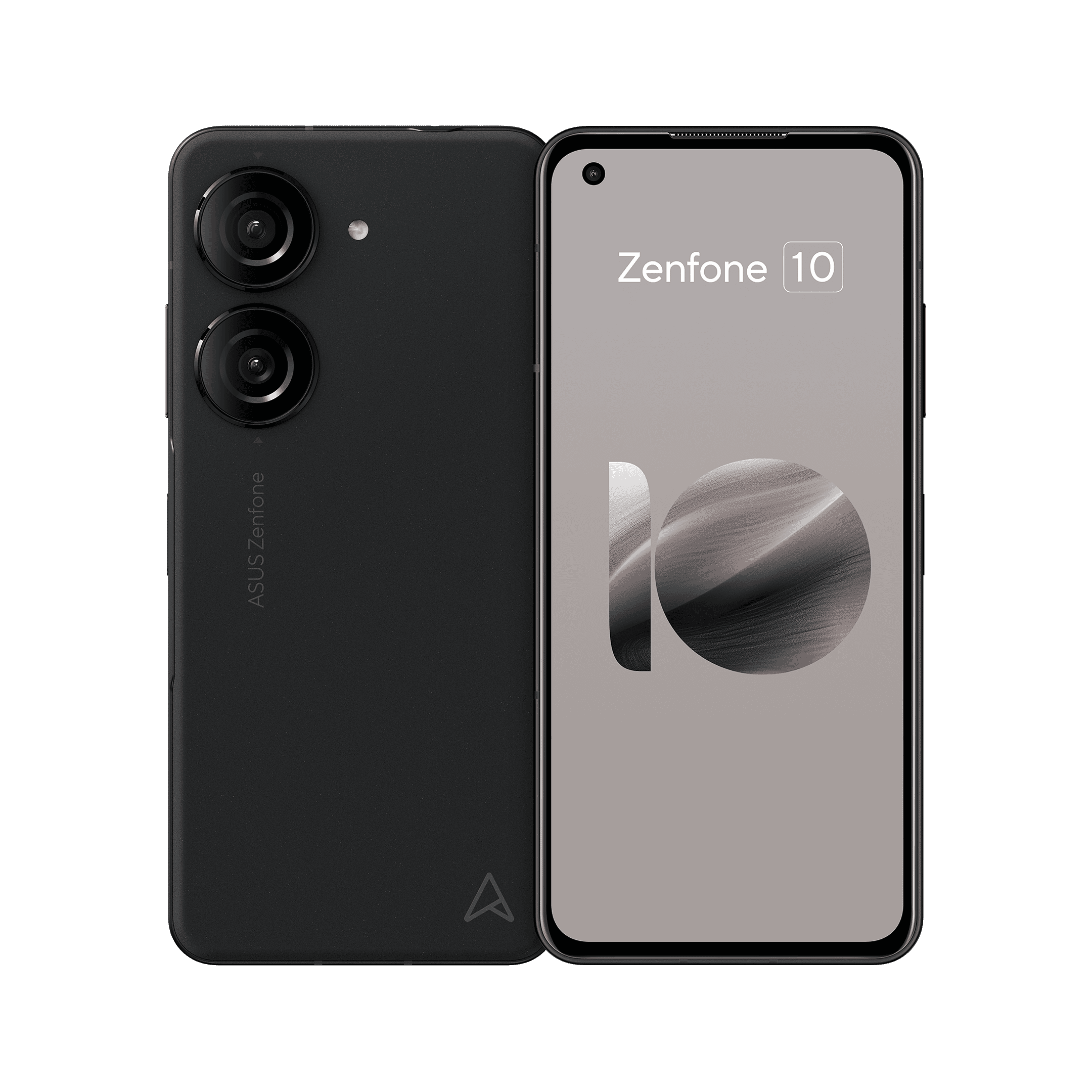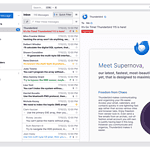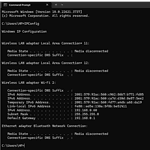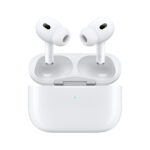Many people want a smartphone that’s both high-tech and easy to use. They care a lot about how light and small the phone is. The lightest Android phones are popular because they’re small and easy to hold with one hand. They fit nicely in a pocket and still have all the latest features. For people who want a phone that’s easy to carry and not too noticeable, light phones are better than bigger ones.
Even though they have smaller screens than most phones, they work well for most things. Many people like these small phones because they’re not as obtrusive as bigger ones. It’s also good to know that there are a lot of different small Android phones to choose from. And now, even people who like smaller iPhones can pick from a few small Android phones that are just as easy to carry but still let them use Android’s software.
Featherweight Androids: Lightest Phones in 2024
Why Choose a Lightweight Phone?
Lightweight phones offer a more comfortable and effortless experience, especially for extended use. They’re easier to hold, slip into pockets, and don’t cause strain during long calls or gaming sessions.
Lightest Android Phones of 2024

| Phone Model | Weight (grams) | Notable Features |
|---|---|---|
| ASUS Zenfone 10 | 172 | Compact 5.92-inch display, Snapdragon 8 Gen 2, powerful performance in a small package |
| Motorola Edge 40 | 167 | Sleek design, MediaTek Dimensity 8020, IP68 water resistance |
| Nothing Phone (2) | 171 | Unique Glyph Interface, Snapdragon 8+ Gen 1, transparent design |
| Samsung Galaxy S23 | 168 | Snapdragon 8 Gen 2 for Galaxy, excellent camera system, compact flagship |
| Xiaomi 13 Lite | 171 | Affordable, Snapdragon 7 Gen 1, curved AMOLED display |
Note:
This list is not exhaustive and may not include all lightweight Android phones available in 2024. Weights are approximate and may vary slightly depending on the specific model and configuration.
Key Takeaways
- Smallest Android phones are optimal for users valuing portability and one-handed operation.
- Despite their size, these phones maintain sufficient performance for everyday use.
- They offer an alternative to larger devices without access to Android features and applications.
Technical Specifications and Performance
Choosing the lightest Android phone involves understanding its technical specs and how they contribute to its performance and user experience.
Internal Hardware
When assessing a phone’s power, one looks at the processor and memory. Many lightweight phones boast premium chips such as the Qualcomm Snapdragon 8 Gen 3 or the Exynos 2400. These processors offer fast performance for gaming and multitasking. RAM varies, with options from 6GB to 16GB, allowing for smooth app operation. Storage options usually start at 128GB and can go up to 512GB, providing ample space for apps, photos, and videos.
Display and Design
Manufacturers frequently use AMOLED or OLED displays to ensure vibrant colors and deep blacks. Displays can range from 6 to 6.7 inches, with some models featuring a compact design to keep the phone light. Standard refresh rates stand at 60Hz, but many models offer variable refresh rates for smoother scrolling and gaming.
Camera Capabilities
Camera setups typically include a main sensor of 12MP to 50MP, often complemented by ultrawide or telephoto lenses. AI features enhance photo quality, especially in modes like night mode. Many phones include a reliable selfie camera at the front, ensuring clear video calls and selfies.
Battery and Charging
Battery life is a key feature with many phones offering a 4,300mAh battery or more, translating to a full day of use on a single charge. Fast charging speeds are common, with some devices supporting wireless charging, making it easy to power up without cables.
Software and Ecosystem
Android phones come with the promise of regular software updates which can include OS updates to platforms like Android 10 or higher. These updates maintain security and introduce new features to improve the user’s experience.
Connectivity Options
Current Android devices typically support 5G networks, providing fast download and upload speeds. USB-C ports are standard for data transfer and charging. Many models also include bluetooth and Wi-Fi capabilities for connecting to a variety of devices and networks.
Brand-Specific Features
Brands like Samsung and Google offer their unique features. Samsung’s Galaxy S24 may showcase their Dynamic AMOLED technology while Google’s Pixel 8 could highlight the Tensor G3 chip specific to their devices, enhancing overall phone functionality.
Market and Buying Considerations
When shopping for a lightweight phone, one might consider third-party retailers for better deals. Price ranges can vary, from budget to flagship models, and can influence features like display technology and build quality. Best small phones or foldables like the Galaxy Z Flip 5 enter a special category with their own unique set of performance metrics, often at a premium.







